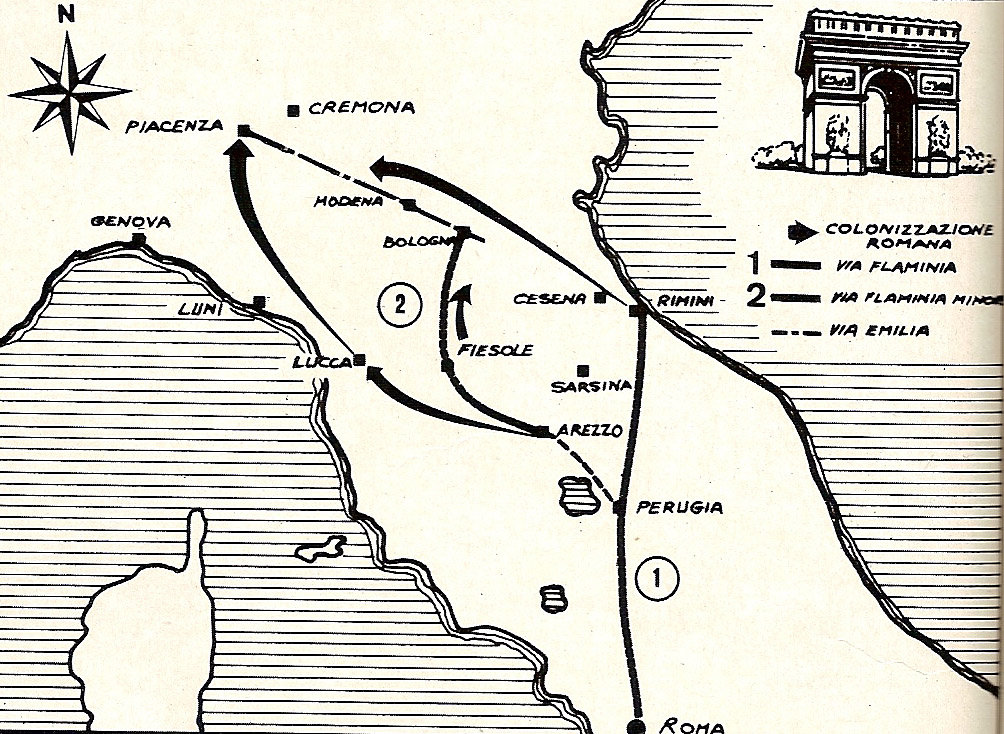
A brief historic outline of Buiano and its surroundings

It is said that Buiano, the name of this part of the county of Fiesole, derives from the name of its first landowner Buranius, a Roman legionnaire from the times of Catilina.
At the time of ancient Rome it was common practice to compensate veteran legionaries after long and dutiful service with a plot of land so that they could establish themselves reaping the fruits of the land and prosper. This is one plausible explanation, however, another story tells us differently.
That story indicates that Burianus Buiano was the reason why the name came about. He was one of the representatives of General Stilicone, a real character whom we’ll meet further on in this tale. In this corner of Tuscany, the general received honor and glory handed down to posterity for his feats.
The name “The Tower of Buiano”, (La Torre di Buiano) possibly came about in the 14th century, when the Guelphs who were in power in Florence gave order to construct several watch towers to guard the territory and the main roads to avoid possible invasions from the north. Fortunately “our” tower has stood the test of time, and even though it no longer has its original impressive height, (ancient documents tells us this) we are still very happy to have it right next to out restaurant.
Furthermore, an old tale relates that there once was a secret underground passage that united the Tower of Buiano with another tower a quarter of a mile south towards Fiesole. The remains of that tower now host a private home.
Behind our establishment the church of St. Maria of Buiano stood in past times. According to the Episcopal archives of Fiesole, St. Maria of Buiano was a parish of ancient foundation where the bishops of Fiesole resided up until the 9th century. The church was under the patronage of the Ferrantini family, which in 1465 left its heritage to the son’s of Domenico Caccini, an important citizen. Being small and with modest territorial claims, it was later united with the parish of nearby Montereggi and eventually deconsecrated. The brickworks from the church are today used as bricks on the farmhouse belonging to the parish of Montereggi.
Several powerful Florentine families were landowners here such as the Donati, Ferrantini, Popoleschi, Villani, Busini etc.
During times of the late Roman Empire, the nearby plain of Montereggi was the place of a historic event, namely The Battle of Fiesole.
In 405 AD the Ostrogoths under command of King Radagaiso invaded the territory that is Italy today. They quickly spread out on the fertile plain of| page 2 >> |